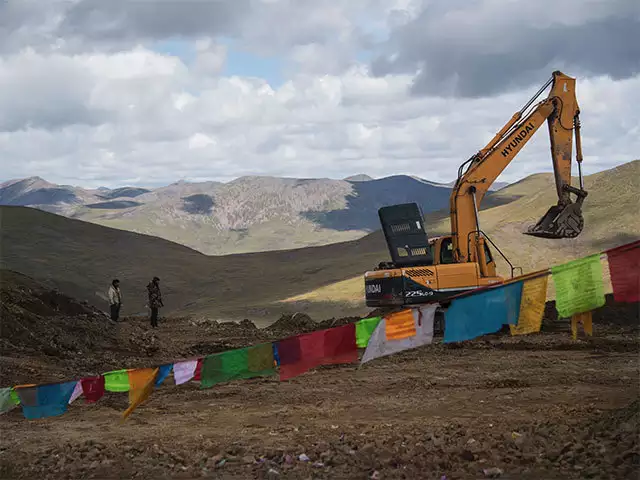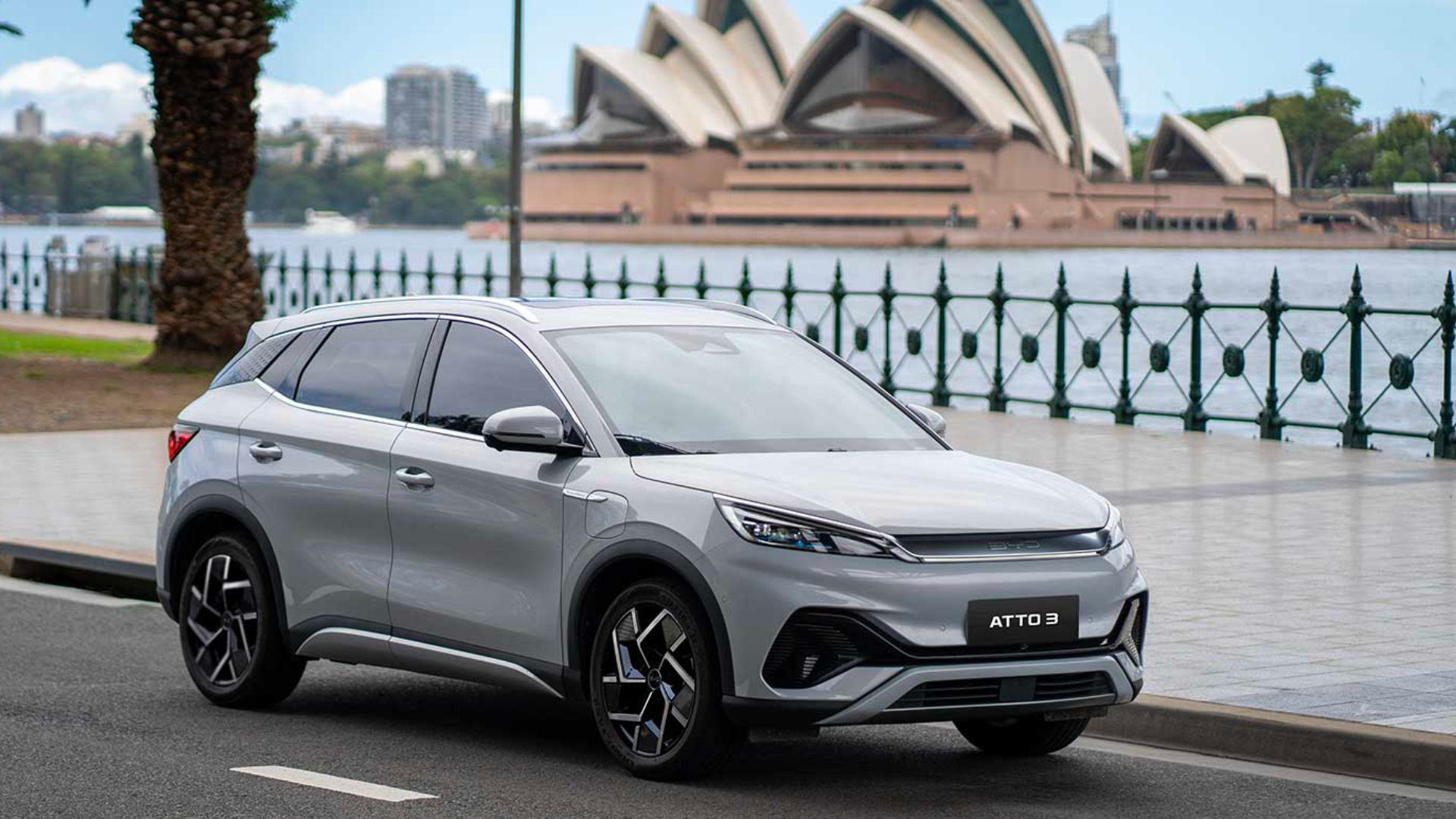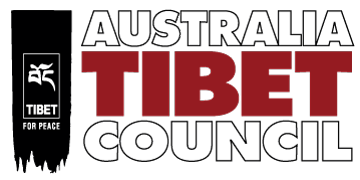Where to on lithium?
By Gabriel Lafitte
This is an attempt to sketch where the lithium debate might go, not just in 2024 but over a longer timeframe. For 2024, getting Tibet on the agenda of the global lithium/critical minerals debate will be an achievement, but lithium will be at the centre of contention for many years.
Right now, a lot of people might suppose there is no debate, nothing to debate. It’s simple: the world urgently needs to decarbonise, faster the better. When it comes to the automobile the answer is obvious, and universally understood: we all need to switch from petrol; diesel powered internal combustion to electric cars powered by lithium, rechargeable batteries. For individuals wanting to do the right thing, for auto manufacturers, for governments setting industrial policies, it’s clear cut. Lithium is the answer.
However, it’s not that simple. There are unintended consequences that can be foreseen, if we recognise simple solutions get complicated. The major consequence of global decarbonisation is a massive increase in mining of the minerals worldwide, essential to all forms of renewable energy. As local communities, indigenous landscape guardians and environmentalists discover this dramatic expansion of extraction, we can expect major debates, over many years.

China has previously displaced Tibetans in the Lhokha county with their chromium mining projects.
Now that electric car sales are booming, in China, in Europe and soon worldwide, demand for lithium is booming, and new sources are being rapidly developed, to supplement the industry based on salt lake lithium extraction, no longer sufficient. Now big money is pouring into hard rock lithium, which could not compete with simply scooping up briny lake bed salts into a waiting truck. Rock lithium, known to miners as spodumene, is by its nature around 1.3 per cent lithium, which means a lot must be dug, semi-concentrated at the mine, shipped off for further energy-intensive processing. Simple is actually complicated.
Only a massive spike in lithium prices has made rock lithium profitable. A rush is on. Where is rock lithium to be found? Two countries stand out as the primary sources: Tibet and Australia.
Now for another major complication. The electric car/lithium battery boom comes at a time when the US and its allies are trying to extricate their industries from reliance on China as the dominant source of processed minerals, including lithium, that are declared critical, especially for hi-tech.
Until now, China sourced its raw materials globally, yet dominated production of processed minerals, such as salt lake lithium extracted from Chile, Argentina and Bolivia, shipped to China for purification to a standard required for electric batteries that accept recharging and don’t overheat or catch fire. Until recently that was called globalisation, good for everyone, even when mines, smelters and factories in US, Europe and other industrialised countries closed, because China was cheaper.
That was normal. That was how the world worked. China gained dominance in the processing of a wide range of minerals, and started using its market power to punish countries that criticised China. Starting with Japan, in 2011, China selectively withheld rare earth exports.
Gradually the warnings, from security ministries and military suppliers grew and grew, into the current push to rebuild the mines, processing plants, smelters and minerals purifiers in the wealthier countries, and reduce dependence on China. This is called de-risking. Critics of these expensive new policies call it deglobalisation, decoupling, bloc forming, a new cold war.
China, in turn, also feels the pressure to turn, for the same securitising reasons, to domestic supplies of minerals, from geographies it can fully control. That means Tibet.
Two causes and conditions are coming together. The electric car boom, and the securitisation of critical minerals both point to Tibet. Unforeseen consequences Unintended outcomes? Collateral damage?
Tibetan Buddhist teachers tell us this happens a lot. We plan ahead, to get what we want, anticipating good results, and it goes pear shaped. The songs of Milarepa are full of such warnings.
The consequences for Tibet could be extreme, and for the billions of people downstream, who rely on clean water flowing freely from Tibet.
In eastern Tibet, in Kham Kandze and Amdo Ngawa, Chinese investors are pouring in capital to finance extraction from rock lithium deposits in the mountains, usually at 4000 to 5000 m altitude. Spodumene outcrops are sporadic, often scattered over several kilometres, allowing many companies to buy exploration and mining rights, in expectation of big and quick profits. The investors have the backing of China’s ruling party, which is seizing the opportunity to dominate the global auto industry. China seemed to be a late entrant to a mature auto industry dominated by America, European, Japanese and Korean manufacturers, but the switch, out of internal combustion and into battery electric, converts China from late arrival to early adopter. So the entire party-state is behind the lithium extraction push into Tibet.
The two biggest electric car brands, BYD and Tesla, both make most of their electric cars on sale worldwide, in China. Both rely on lithium from Tibet and Australian hard rock mines, as well as salt lakes in Tibet and Latin America. Tibet is front line.

China’s BYD overtook Tesla in Quarter 4 of 2023 to become world’s top-selling electric-car maker
A major reason China is intensifying lithium extraction from Tibet is that shipping battery raw materials from Chile, Peru, Congo, Zambia, Bolivia, Indonesia is increasingly complicated and unreliable. Local communities reject the environmental costs of mining, and in some countries national governments listen to their citizens. In other countries, national governments richly endowed with battery minerals want to make the batteries (and the electric cars) themselves, rather than sell off their resource endowment for shipping to China, only semi processed. If the world does deglobalise into blocs, there is also the security risk of vast ocean distances between source and factory.
These are all reasons China turns to what it considers its own back yard, its “China’s Tibet”, a purely domestic source no-one else has any say in, which would be interfering in China’s internal affairs. Unlike the Peruvian or Indonesian villagers who protest, blockade the Chinese mines and trucks, Tibetans have no say.
What to do? Tibetans scattered in exile could decide this is all too unfamiliar, too complicated. Or stage a short campaign to establish Tibetan voices as players, and then move on. Or prepare strategies for a longer game, with many Tibetan interventions as the global critical minerals debate, and its intersection with the global climate decarbonisation debate rolls on.
There are reasons for seeing this as an unfolding story, with further chapter in coming years. Big players are involved. The US government has legislated to spend billions on de-risking its supply of critical minerals, including lithium (and Tibet’s other big extractive mineral, copper) by financing a global club of reliable non-Chinese suppliers of minerals, processing, battery and car manufacture. That will take years, but “friend-shoring” is backed by big money, from governments, which now attracts big money from private investors, who see profitable opportunity.
From environmentalists to miners, from politicians to indigenous rights campaigners, from climate activists to climate deniers, this resurgence of resource nationalism will be contested.
How is this an opportunity for Tibetans? The social and economic rights of Tibetan communities immediately impacted by mining are the collective rights of peoples, nations who have been silenced by fierce repression. China’s rock lithium extractors are in a hurry to repay the lenders from whom they borrowed the capital to buy at auction the mining rights to Tibet. They aren’t commissioning or publishing independent environmental impact assessments, local community royalty payment plans, river pollution prevention plans protecting waters from toxic mine waste tailings dumps. China is not enforcing its recently enacted Yangtze River Protection Law which supposedly protects all of China’s biggest river, including its Tibetan uplands surrounding the rock lithium mining enclaves.
To advocate for the social and economic rights of the Tibetans of Markham, Barkham, Dartsedo, Jyekundo and many other known rock lithium mining locations is to proactively speak up for Tibetans as a whole. Where is the free, prior, informed consent of local communities? Where is the local employment policy? Where is the resettlement and compensation policy?
Gabriel Lafitte is an independent public policy adviser in development, resource management and biodiversity. Find more of his work on his blog rukor.org

